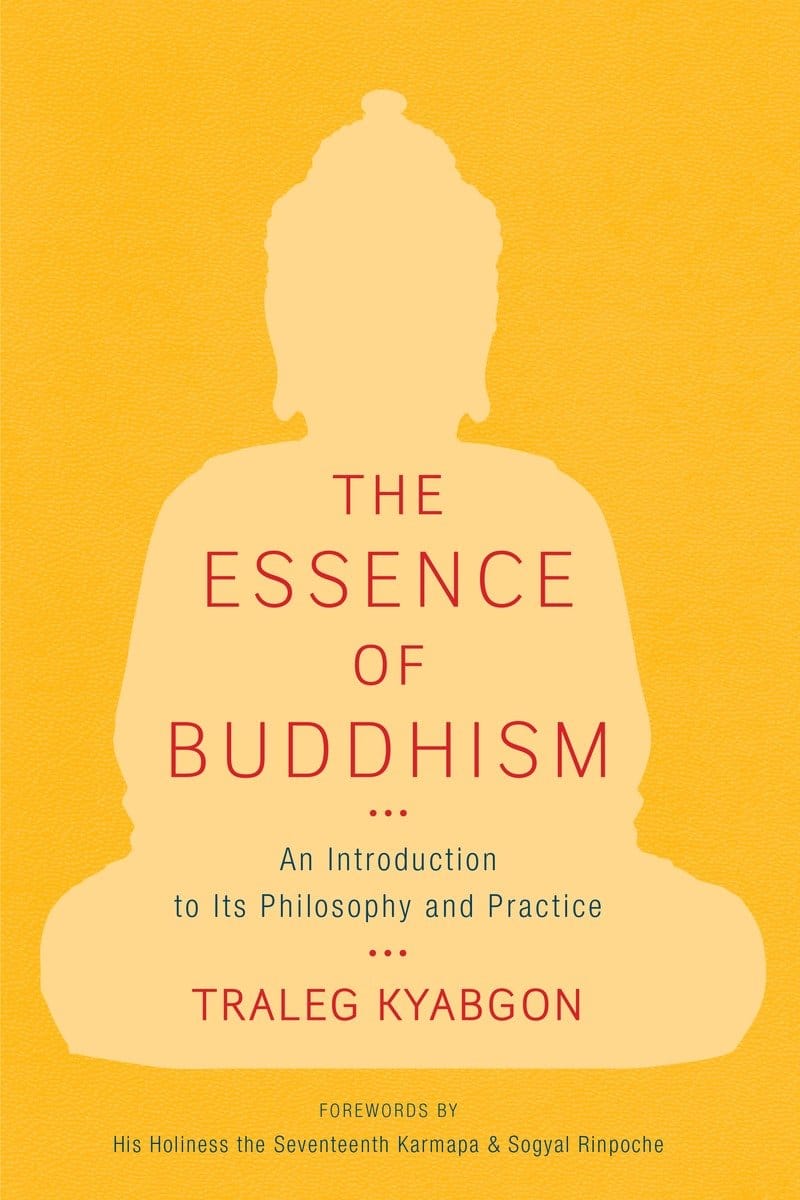The Essence of Buddhism: An Introduction to Its Philosophy and Practice
15.00 JOD
Please allow 2 – 5 weeks for delivery of this item
Description
A clear and concise introduction to the teachings and philosophies of the three main vehicles of Buddhism—Theravada, Mahayana, and Vajrayana—through a Tibetan lensThis comprehensive guide to the Buddhist path from the Tibetan point of view is as accessible as it is complete. Traleg Kyabgon breaks the teachings down conveniently into the three traditional “vehicles,” while never letting us forget that the point of all the Dharma is nothing other than insight into the mind and heart. Along the way he provides vivid definitions of fundamental Buddhist concepts such as compassion, emptiness, and Buddha-nature and answers common questions such as:• Why does Buddhism teach that there is “no self”?• Are Buddhist teachings pessimistic?• Does Buddhism encourage social passivity?• What is the role of sex in Buddhist tantra?• Why is it said that samsara is nirvana?• Does it take countless lifetimes to attain enlightenment, or can it be achieved in a moment?
Additional information
| Weight | 0.3 kg |
|---|---|
| Dimensions | 1.4 × 15.3 × 22.8 cm |
| PubliCanadation City/Country | USA |
| by | |
| Format | Paperback |
| Language | |
| Pages | 208 |
| Publisher | |
| Year Published | 2014-11-11 |
| Imprint | |
| ISBN 10 | 1590307887 |
| About The Author | TRALEG KYABGON (1955–2012) was born in eastern Tibet and educated by many great masters of all four major lineages of Tibetan Buddhism. He is the founder of the Kagyu E-Vam Buddhist Institute, which is headquartered in Melbourne, Australia, with a major practice center in New York City. Rinpoche was well known for his erudition and understanding of Western psychology and culture, and comparative religion. He taught extensively at universities and Buddhist centers in the United States, Canada, Australia, New Zealand, and Southeast Asia, and he is the author of Mind at Ease and The Practice of Lojong. |
“Although this book is immense in its scope, [Traleg Kyabgon] Rinpoche never allows us to lose sight of the key point and ultimate meaning of all the Buddha’s teachings: that it is possible to get to the root of suffering and to bring about lasting happiness for ourselves and others; and that the only way to do this is to work with, understand, tame, and transform our mind.”—Sogyal Rinpoche, author of The Tibetan Book of Living and Dying |
|
| Table Of Content | Foreword by H.H. the Seventeenth KarmapaForeword by Sogyal RinpochePrefaceAcknowledgments1. Fundamentals: The Four Noble Truths and the Eightfold Noble Path2. Ethical Conduct: Doing What Is Truly Beneficial3. Meditation: Changing Our Mental Outlook4. Karma and Rebirth: Everything Is in Relationship5. Mahayana Buddhism: Helping Others Is Helping Onself6. The Way of the Bodhisattva: Meditation and Action Go Together7. Realizing Wisdom and Compassion: Bodhichitta and the Paramitas8. The Link between Wisdom and Compassion: The Paramita of Meditation and the Nine Stages of Shamatha9. Insight Meditation: The Paramita of Wisdom and the Madhyamaka School10. The Role of the Mind: The Yogachara School and Buddha-Nature11. Spiritual Progress: The Five Paths and the Ten Stages of the Bodhisattva12. Buddhahood: The Three Kayas13. Sutra and Tantra: The Tantric Levels of Attainment14. Supreme Yoga Tantra: Becoming a Total Person15. The Six Yogas of Naropa: Dealing with Conflicting Emotions16. Mahamudra and the Nature of Mind: Going beyond Duality17. Mahamudra Meditation: Allowing the Mind to Rest in Its Natural StateIndex |
Only logged in customers who have purchased this product may leave a review.






Reviews
There are no reviews yet.